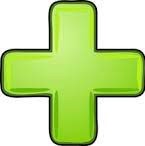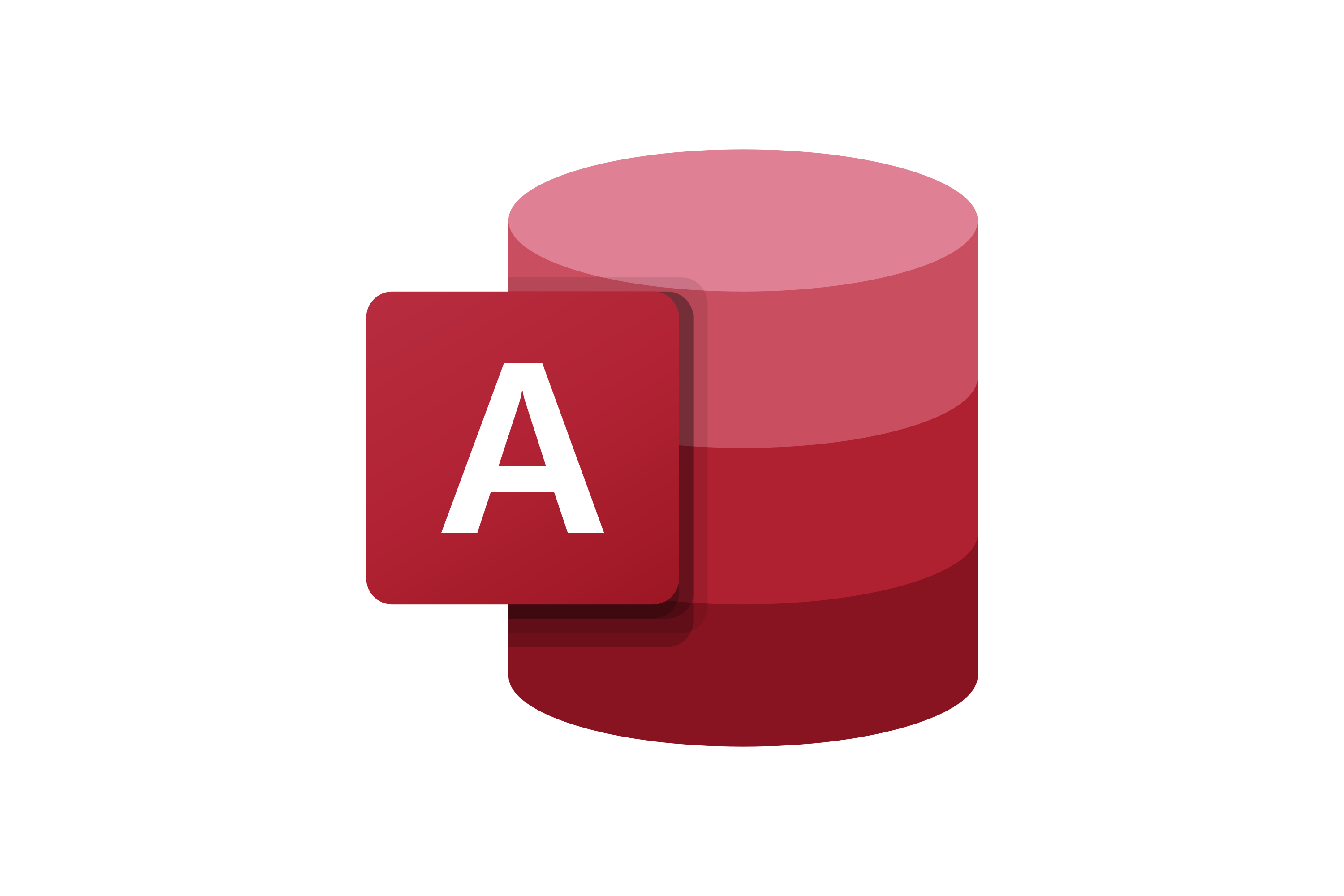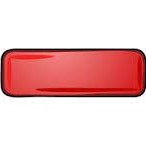Advanced Database Solutions recommends Microsoft Access
to clients who need a small to medium sized system that can handle up to 20
simultaneous users. MS Access programming rates tend to be lower than other options, and production speeds tend to be
quicker. ADS has a large active client base, with new Access programs going live on a weekly basis!
Some examples of our custom Microsoft Access business software include inventory management software, project
tracking databases, employee monitoring software, payroll and time tracking databases, and sales CRM
(customer relations management), and more! To find out if using MS Access is the best choice for your
business, call us at 1-(267)-831-0166

Positives of working with Access
MS Access has every feature a business needs to handle workflow control, management, reporting and automation.


